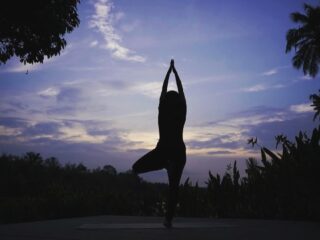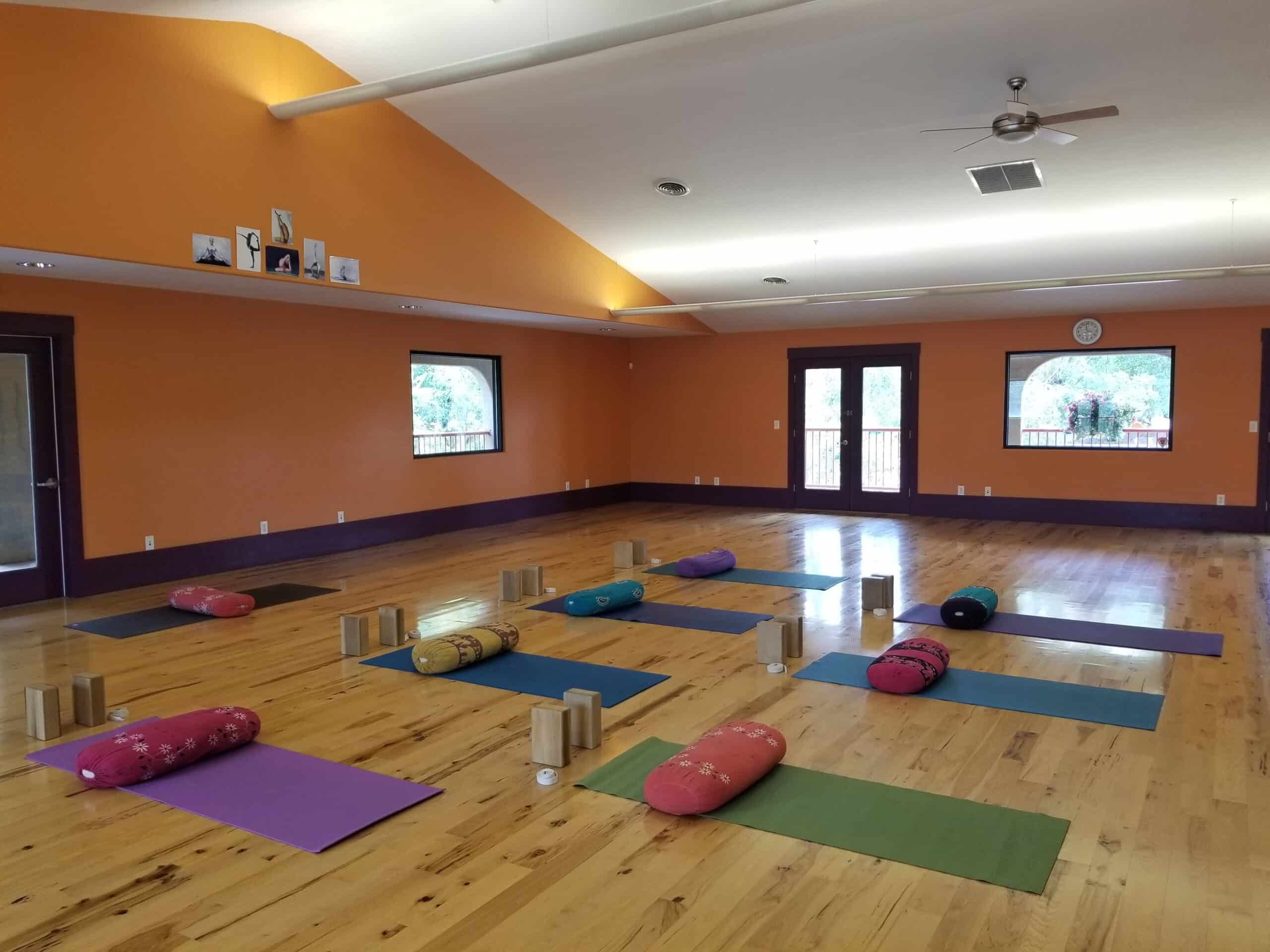Beyond the Pretzel Postures : Rediscovering the True Essence of Yoga | By Kamana Periera
Amidst all the chaos of finding ways to be healthy, you have been drawn to yoga at some point in your life — all thanks to pliable poses and the recurring health benefits of yoga, but you can hardly “bend it like Beckham.” Hence, you start contemplating your life without it. But, how about you get some understanding of the actual meaning and look beyond yoga as mere physical postures?
The actual meaning of yoga lies in the ancient scripts, but with each passing generation the practice has become more inclined towards the physical aspects. Yoga got its derivation from a Sanskrit word, Yuj, meaning union or to integrate. All the methodologies, theories and mechanisms have transformed yoga as an exercise but the actual learning and depth have lost its charm. You might have considered opting out of yoga knowing the flexibility, but let me tell you the truth — yoga is beyond a living science, it is a state of union. A union of body, mind and spirit for a healthy human being. Yoga is not just a practice, a particular action or a posture — it is a way of being.
The history of yoga throws light on Adiyogi descending his knowledge of yoga to Saptarishis (seven sages) but never takes into account the learnings, sacrifices and preparations of the rishis to convince Adiyogi to let them be the receptacle of this immense energy of yogic science. As per yogic scriptures, it draws the path of individual consciousness with the universal consciousness, creating an equanimity between mind, body and soul.
Yoga is Beyond Living Science
Yoga, often regarded as one of the oldest practices, lost its glory in the modern world of practitioners promoting pretzel-looking postures. Being physically active has shown great results in mental realms, but yoga doesn’t restrict itself to your body or mind. It is the connection of your soul to the universe. The goal of yoga is far-reaching and profound.
In essence, yoga is about harmonizing oneself with the universe by aligning one’s individual geometry with cosmic geometry, in order to achieve the highest level of perception and harmony. Yoga, being a technology of alignment, enables practitioners to access the deepest aspects of their being, leading to a greater sense of peace, clarity and spiritual fulfillment. While physical and mental health benefits may naturally arise from the practice of yoga, they are just a small part of the greater potential that yoga offers for personal transformation and spiritual growth.

Photos courtesy of Namami Health and Wellness Sanctuary.
Improving the Psycho-Physical Game
Yoga offers a wide range of practices that promote health and wellness. These include yama, niyama, asana, pranayama, pratyahara, dharana, dhyana, samadhi /samyama, bandhas and mudras, shat-karmas, yukta-ahara, yukta karma, mantra japa, and more.
Asanas, or postures, form an indispensable part of yoga as it converges physical and mental stability. As the saying goes, “kuryat-tad-asanam-sthairyam” — through asanas, one can achieve a stable awareness of their physical existence by adopting various body patterns that allow them to maintain a body position for an extended period. Yogic postures offer numerous benefits: increased flexibility, strength, balance, improved mental focus and relaxation.
Together, these practices promote overall well-being, fostering balance and harmony and improving quality of life among people.t
Pranayama: More than Breathing In + Out
Being aware of how you breathe doesn’t make you a yogi. Pranayama, an ancient yogic practice, involves cultivating an acute awareness of one’s breath, followed by deliberate regulation of respiration.
In the initial stages of the practice, the focus is on becoming conscious of the ebb and flow of the breath. As one progresses in their practice, the emphasis shifts to controlled inhalation (svasa), with a keen awareness of the filling of the body space (puraka), the space remaining filled (kumbhaka) and the subsequent emptying of this space (rechaka) during regulated exhalation (prasvasa). This deliberate regulation and monitoring of breath allow for a deepening of one’s connection to the present moment and a profound sense of inner peace and stillness.
Finding Yourself through Meditation
Dhyana, or meditation, involves contemplation and focused attention within the body and mind, while samadhi represents a state of complete integration and transcendence. The practice of dhyana is regarded as the quintessential aspect of yoga sadhana, or the practice of yoga, as it allows for self-realization and transcendence beyond the physical and material realm.
Pratyahara, another meditative practice, allows conscious disengaging from the sense organs, allowing one to maintain an unbroken connection with external objects. Dharana, on the other hand, involves directing one’s attention inward, cultivating a broad-based field of awareness within the body and mind, which is commonly referred to as concentration.
 Kamana Periera, COO at Namami Health and Wellness Sanctuary, has been a yoga practitioner since 2007. Diagnosed with an Autoimmune disease in 2004, along with prescribed medications, she inclined towards Yoga and diet to regain her strength and fitness. Since then, there’s been no looking back. She moved from her family business to pursue her career in Yoga and has introduced the world to the radical benefits of Yoga.
Kamana Periera, COO at Namami Health and Wellness Sanctuary, has been a yoga practitioner since 2007. Diagnosed with an Autoimmune disease in 2004, along with prescribed medications, she inclined towards Yoga and diet to regain her strength and fitness. Since then, there’s been no looking back. She moved from her family business to pursue her career in Yoga and has introduced the world to the radical benefits of Yoga.The FreeSip from Owala keeps your water cold for up to 24 hours, allows you to drink two [...]

Subscribe to Our Tribe
Stay up to date with Y+L News, Events and special announcements.










